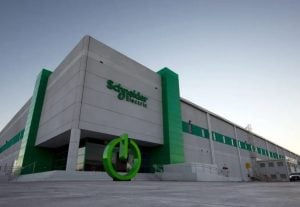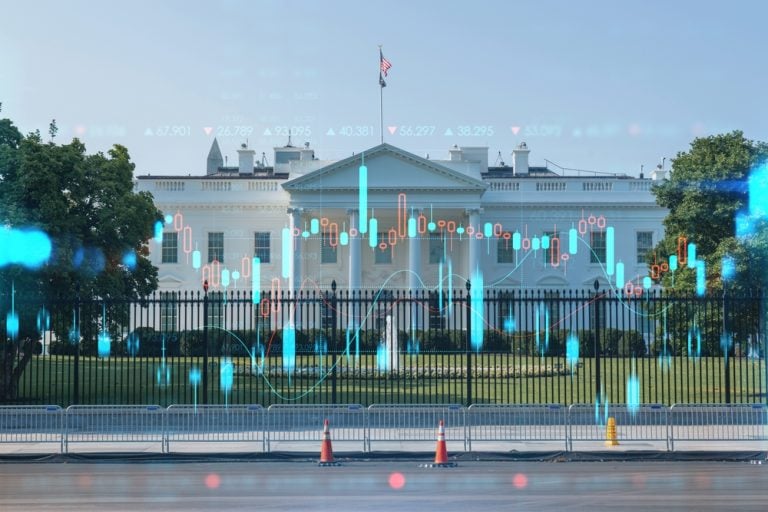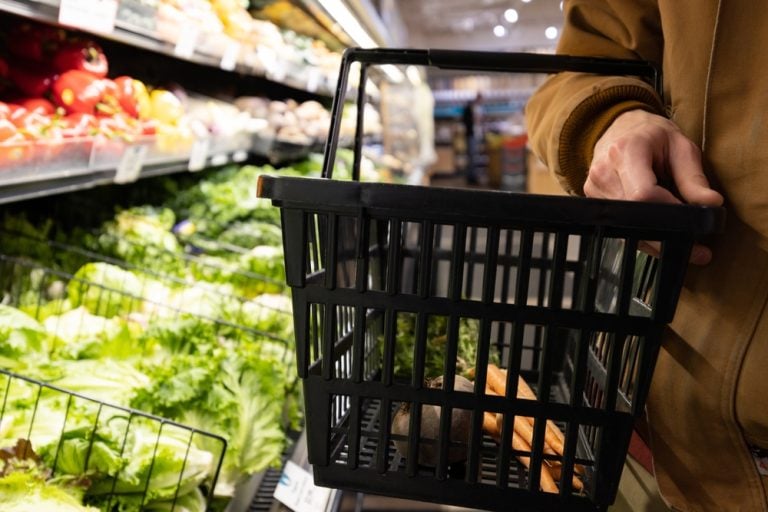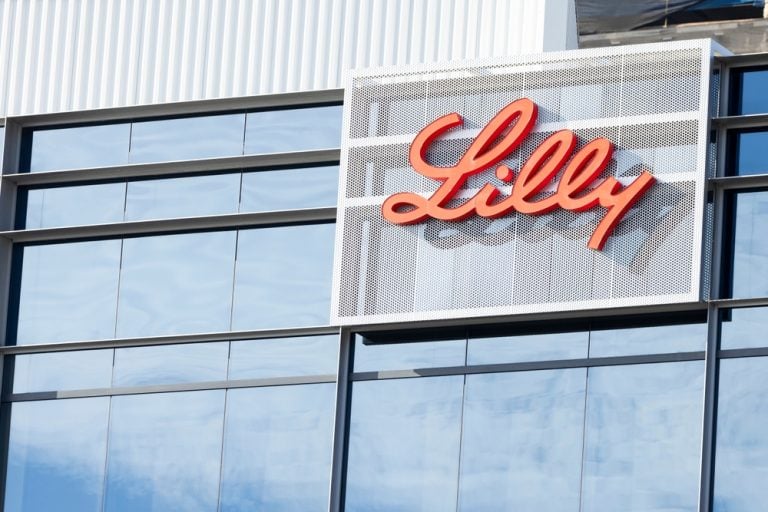It wasn’t all that long ago – just July this year actually – that Victoria moved to ban gas connections for new homes from the 1 January 2024 in a move to reduce emissions and allow households to slash their energy bills.
Now the local councils for the cities of Melbourne and Sydney are getting in on the act by agreeing to build no council facilities with fossil fuel connections by the end of the decade and phasing out the use of fossil fuels by 2040.
Plans are also afoot to ban the use of gas stoves in new buildings.
Ostensibly, the moves by the two councils are aimed at urgently lowering emissions with the City of Melbourne claiming its ‘Retrofit Melbourne’ plan will help all buildings in the council area become “zero carbon ready” by 2040.
Fantastic sound bites, but the actual impact is likely to be minimal.
Back of the envelope calculations that this author did back in July had shown that while Victoria’s gas connection ban would have some impact on the state’s emissions, it still made for a small contribution to the big picture as new construction would only make up a small percentage of all homes in the state.
Dial back down to the far fewer number of commercial properties – each of which admittedly generate considerably more emissions than a single home – that the City of Melbourne is talking about (80 per year) and it is clear that the impact will once again be minimal.
Little impact on gas demand
Every little bit does help towards reducing emissions but the plans are unlikely to a) cause Australian gas producers selling into the domestic market to lose sleep or b) impact meaningfully on the expected supply-demand deficit for natural gas.
While the Australian Competition & Consumer Commission found in September that the east coast gas market would likely enjoy a 1.4 petajoule surplus in the first quarter of 2024, it should be weighed against that period being when residential gas heating demand is reduced due to warm weather.
It also in no invalidates the ACCC’s concerns about winter months or the longer term demand picture.
Demand is likely to stay stable or at best (worst?) drop marginally as there is still much need for gas-fired power generation to provide base load power as coal generators are retired and provide peaking power to stabilise the grid as renewables become more prevalent.
It certainly isn’t likely to be impacted in a major way by city councils choosing not to use gas stoves or heating when at least some of the electricity the same buildings used might be generated using gas.
Hydrogen gets a smack on the head
There’s also that little (and only a little) unintended consequence of potentially impacting on the development of the hydrogen sector.
Some of the early developments in Australia’s hydrogen sector saw gas infrastructure operators mixing a small percentage of hydrogen into the gas stream to consumers.
This effectively reduced the emissions of said gas (by a small amount) at the cost of reducing its energy value (again by a small, likely unnoticeable amount) while serving to provide that additional boost to the sector by providing a market for the green gas.
So while banning gas connections could reduce emissions by reducing natural gas usage, it also cuts off one of the potential markets for hydrogen.
That said, piping hydrogen – especially high or even pure concentrations – into homes or commercial buildings was never going to be a big or likely market, but it still bears mention at this early stage of the sector’s life.
The post GOT GAS: Melbourne, Sydney moves to phase out gas isn’t likely to impact demand or emissions meaningfully appeared first on Stockhead.





















+ There are no comments
Add yours